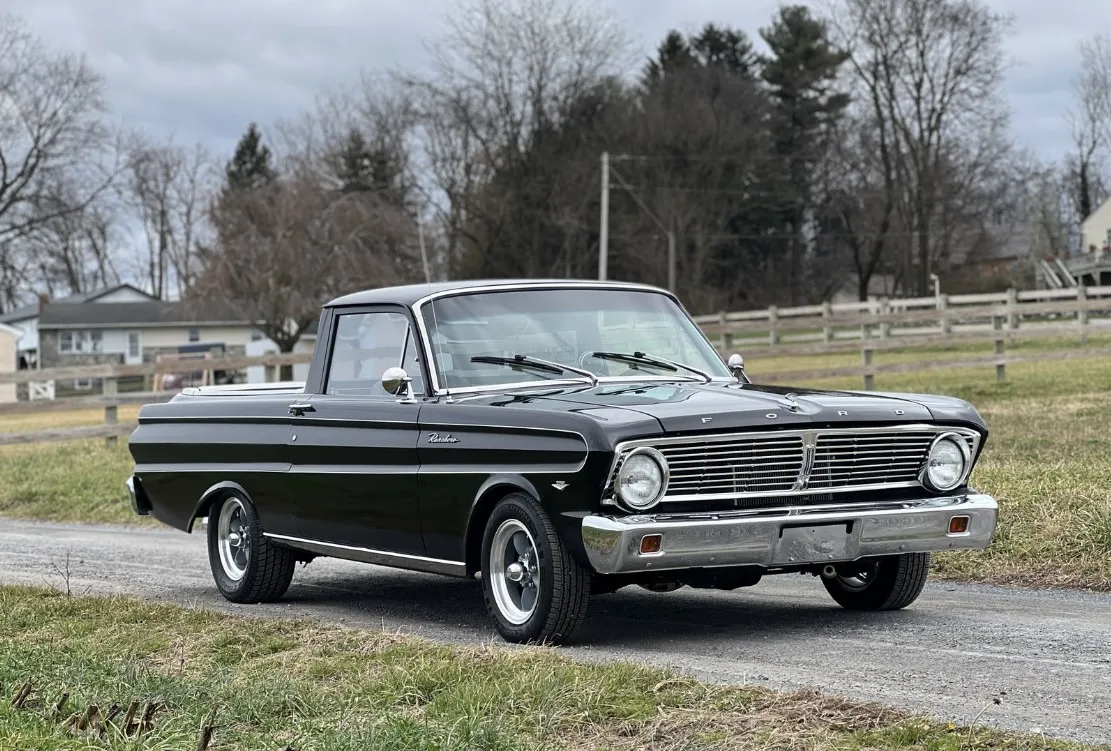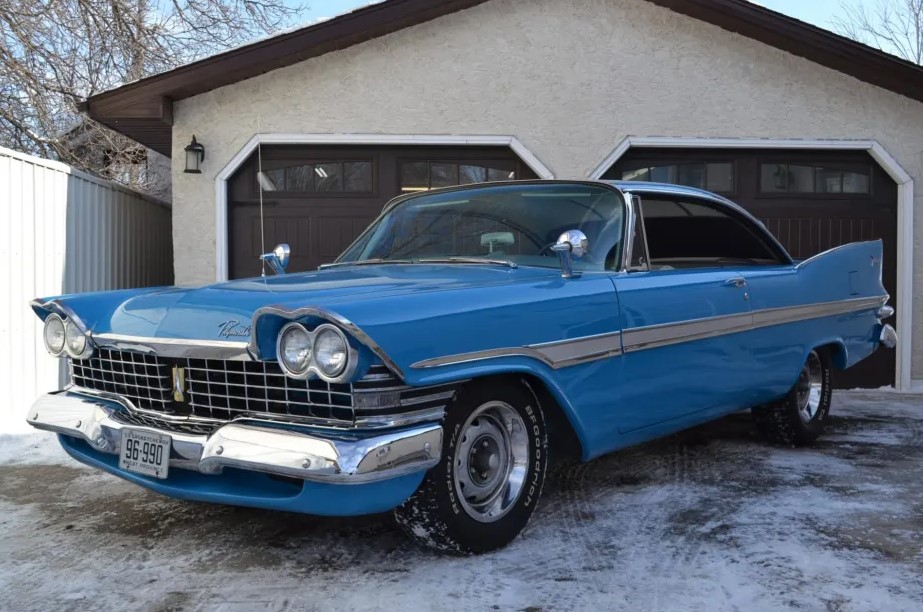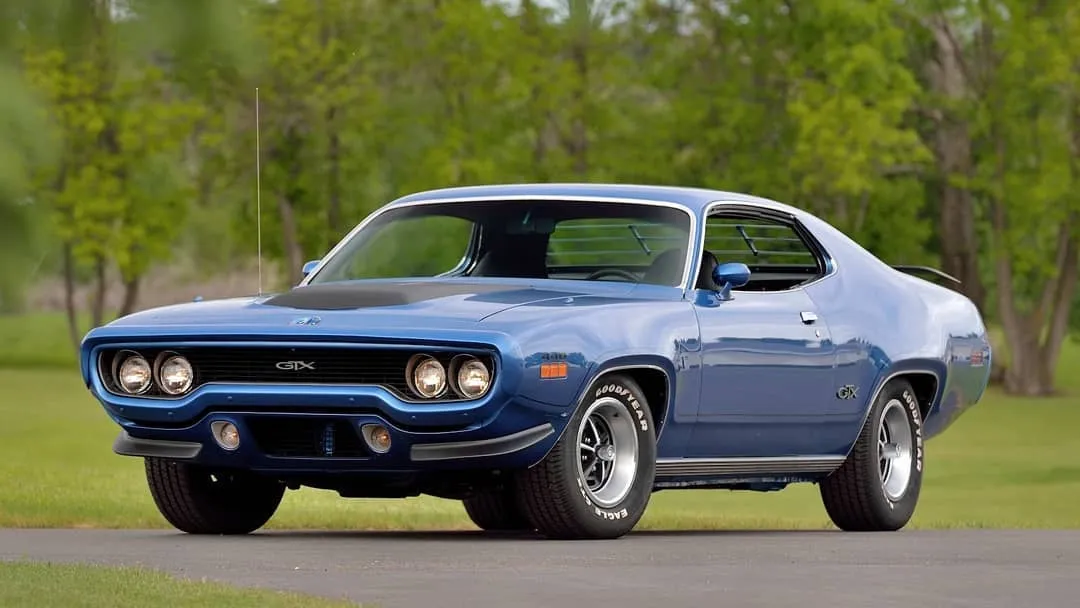The late 1960s was a thrilling era for American muscle cars, and amidst the roar of high-performance engines, the 1969 Dodge Coronet Super Bee emerged as a true icon. A blend of aggressive styling, powerful engines, and a no-nonsense attitude, the Super Bee represented the pinnacle of Dodge's muscle car offerings. In this article, we'll delve into the history, design, features, and enduring legacy of the 1969 Dodge Coronet Super Bee.
History and Origin
The Super Bee, first introduced in 1968, was Dodge's low-priced muscle car, a direct competitor to Plymouth's Road Runner. The Coronet model had already been in production since 1949, but the Super Bee variant was a fresh addition to the Coronet line. It was named "Super Bee" to emphasize its B-Body designation, and the logo, a cartoon bee with an engine and wheels, added a playful touch to its powerful image.
In 1969, a year after its introduction, the Super Bee underwent slight changes, including a revised grille and tail. The '69 model, with its aggressive stance, distinct "bumble bee" stripes, and optional twin-scooped air induction hood, became an instant classic.
Performance
The 1969 Dodge Coronet Super Bee was a performance-oriented car. The standard engine was a 383-cubic-inch (6.3-liter) Magnum V8, producing 335 horsepower and 425 lb-ft of torque. But for true speed enthusiasts, Dodge offered the legendary 426-cubic-inch (7.0-liter) Hemi V8 engine. This monstrous powerhouse, with its 425 horsepower and 490 lb-ft of torque, made the Super Bee a formidable competitor on the drag strip.
However, the Hemi engine was a pricey option and few buyers could afford it. In response, Dodge introduced the 440 Six Pack engine later in 1969. This engine, featuring three two-barrel Holley carburetors, offered near-Hemi performance at a lower cost. It produced 390 horsepower and a whopping 490 lb-ft of torque.
The Super Bee was available with a three-speed manual transmission as standard, with optional four-speed manual and three-speed automatic transmissions. With the right configuration, the Super Bee could accelerate from 0-60 mph in just over 6 seconds and complete a quarter-mile in around 14 seconds.
Design
The design of the 1969 Super Bee was a perfect blend of simplicity and aggression. The front end was characterized by a dual grille design, separated by a divider that bore the Super Bee emblem. The rear end featured a simple, clean design with rectangular tail lights. The car was available in both hardtop and coupe body styles.
One of the most distinctive design elements of the Super Bee was its bumble bee stripe. This stripe, wrapped around the tail, was a key identifying feature of the car. The stripe featured the "Super Bee" logo and could be deleted for a cleaner look, a choice some buyers preferred.
The optional Ramcharger Air Induction system, with its twin-scoop hood, was another key feature. When combined with the Hemi or 440 Six Pack engines, the Super Bee was not just a car, but a statement of power and performance.
Interior
The interior of the 1969 Super Bee was straightforward and functional, keeping with the car's image as a no-nonsense muscle machine. Standard features included vinyl bucket seats, a floor-mounted shifter (unless the column-shift automatic was ordered), and basic instrumentation that included a speedometer, fuel gauge, and temperature gauge.
One interesting option was the Tic-Toc-Tach, a combination tachometer and clock that was mounted to the right of the speedometer. Other optional extras included a center console (for bucket-seat cars), power steering, and power brakes.
Despite its racing inclinations, the Super Bee was still a full-size car, offering plenty of room for up to five occupants and a sizable trunk for luggage. This made it a practical choice for those who wanted a car that could serve as both a daily driver and a weekend warrior.
Production and Sales
The 1969 model year was the best-selling year for the Super Bee, with a total of 27,800 units sold. Of these, the vast majority were equipped with the standard 383 Magnum engine. The 426 Hemi, despite its legendary status, was a rare sight due to its high cost - only 166 Hemi Super Bees were built in 1969.
The 440 Six Pack, introduced late in the model year, also saw limited production. Approximately 1,907 Six Pack Super Bees were built in 1969. These Six Pack cars are highly sought after by collectors today, due to their rarity and high performance.
Racing Success
While the Super Bee was not specifically built for racing, its high-performance engines made it a natural choice for drag racing enthusiasts. In particular, the 440 Six Pack and 426 Hemi models were formidable opponents on the drag strip.
The Super Bee also had some success in stock car racing. Buddy Baker, driving a 1969 Dodge Charger 500 (a car closely related to the Super Bee), became the first driver to break the 200 mph barrier on a closed course in 1970.
Impact and Influence
The Super Bee, along with its stablemates in the and Plymouth lineups, played a significant role in popularizing the muscle car concept - affordable, high-performance cars that could be used for both street driving and drag racing. While the muscle car era would eventually be curtailed by rising insurance costs and stricter emissions regulations, the impact of cars like the Super Bee is still felt today.
Modern muscle cars, like the Dodge Charger and Challenger, owe a lot to their classic predecessors. In fact, Dodge revived the Super Bee name in 2007 for a special edition of the Charger, as a tribute to the original Super Bee's legacy.
Legacy
While the Super Bee was not as commercially successful as the Road Runner, it has earned a cult following among muscle car aficionados. Its raw power, coupled with its distinctive design, make it a sought-after classic. Dodge discontinued the Super Bee after the 1971 model year, but its spirit lives on in the modern Dodge Charger's Super Bee variant.
In conclusion, the 1969 Dodge Coronet Super Bee was more than just a car; it was a symbol of a time when power and performance were paramount, and when automakers were not afraid to push the boundaries. This car, with its thunderous engines, aggressive design, and affordable price, perfectly encapsulated the ethos of the muscle car era. Today, it remains a testament to the power and creativity of American automotive engineering, a true classic that continues to inspire.


